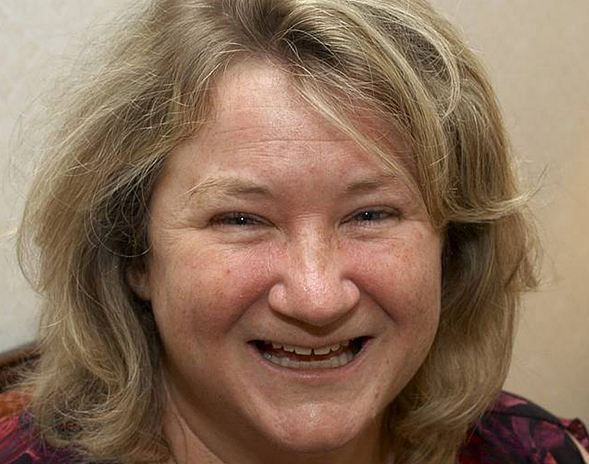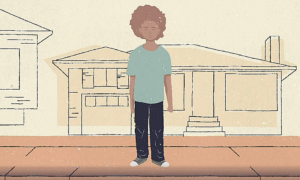 Recently Youth Today published a column (“Pennsylvania County Has Wildly High Rate of Needless Child Abuse Investigations”) by Richard Wexler in which he wrote, “It is child welfare’s equivalent of stop-and-frisk. It happens over and over again, it’s traumatic, it’s usually baseless and unnecessary, and it’s racially biased. It is a child abuse investigation.”
Recently Youth Today published a column (“Pennsylvania County Has Wildly High Rate of Needless Child Abuse Investigations”) by Richard Wexler in which he wrote, “It is child welfare’s equivalent of stop-and-frisk. It happens over and over again, it’s traumatic, it’s usually baseless and unnecessary, and it’s racially biased. It is a child abuse investigation.”
Wexler used his column to invite high emotion, telling readers that child welfare professionals routinely search homes in the “middle of the night” and strip-search children.
Wexler cited a special report released recently by Pennsylvania’s auditor general.
In this report, the head of Cambria County’s children and youth agency is quoted on page 27 as saying that caseworkers “saw” 9,840 “unduplicated” children during 2016 representing “37 percent of the entire population under age 18.”
Wexler then declares that “virtually every impoverished child in Cambria County will have this state-sanctioned trauma inflicted upon her or him before reaching the age of 18.”
Had he relied on any source beyond the auditor general’s report, Wexler would have discovered the cited statistic was wrong.
Pennsylvania’s 2016 Annual Child Protective Services Report indicates on page 43 that Cambria County received 488 suspected child abuse reports. Given the scant data in this annual report published by the Pennsylvania Department of Human Services, this summer Center for Children’s Justice (C4CJ) undertook a deeper dive into the data.
C4CJ discovered that 502 Cambria County children experienced a child abuse investigation in 2016. Approximately 26 percent (132) of those children were under the age of 5. Seventy-three percent (97) of these young children were the subject of a report related to bodily injury. About 12 percent of the children (16) were investigated for reasons related to serious physical neglect.
Meanwhile, children between the ages of 5 and 9 (n=182) represented the largest age group of children experiencing a child abuse investigation in Cambria County. Nearly 70 percent (125) of these children were reported for incidents related to bodily injury. Approximately 19 percent (35) were related to alleged sexual abuse.
Pennsylvania counties also respond to nonabuse General Protective Services (GPS) referrals. GPS referrals are not recorded as child abuse reports and a formal child abuse investigation is not expected. Instead, a county child welfare agency may screen out these referrals or start a family assessment to learn if it may benefit from services or supports (e.g., connecting a parent to substance abuse treatment or accessing child care or stable housing) to prevent abuse and keep a child safe at home
Unfortunately, the auditor general didn’t address the disconnect between the purpose and vision of GPS versus the current on-the-ground practice.
Specific to Cambria County, 1,788 GPS referrals were received in 2016 with 74 percent (1,316) of these GPS referrals assessed affecting 2,125 children.
In all then, 2,627 Cambria County children experienced a child abuse investigation or a GPS assessment.
Meanwhile, the “unduplicated number of children served” in foster care was 218 or a rate of 6.3 percent per 1,000 children ages zero to 20. Specific to race and ethnicity, 62 percent of these children were recorded as non-Hispanic white and 80 percent were in a family-type placement setting.
So where did the shocking 9,840 “unduplicated children” number come from?
Cambria County officials relied on information from financial expenditure reports related to cost centers (e.g., adoption assistance, intake, counseling, etc.). The problem — children receive services in a number of cost centers and so the same child can be counted multiple times when the county agency adds all the children served within all the cost centers.
Wexler, relying on an inaccurate statistic, was able to create a false impression that more than 9,000 children within this small rural county had been subjected to a child abuse investigation.
Instead of striving to create hysteria, Wexler should have raised a legitimate question about how often (and why) those who champion and those who critique child welfare regularly build their advocacy upon data that is unreliable and almost always politically charged.
Cathleen Palm is the founder of the Center for Children’s Justice in Pennsylvania, which is dedicated to the nurture and protection of children within supported families. The Center is a proven leader in securing child protection policies that are research-informed, data-driven, transparent and continuously measured for quality.






























